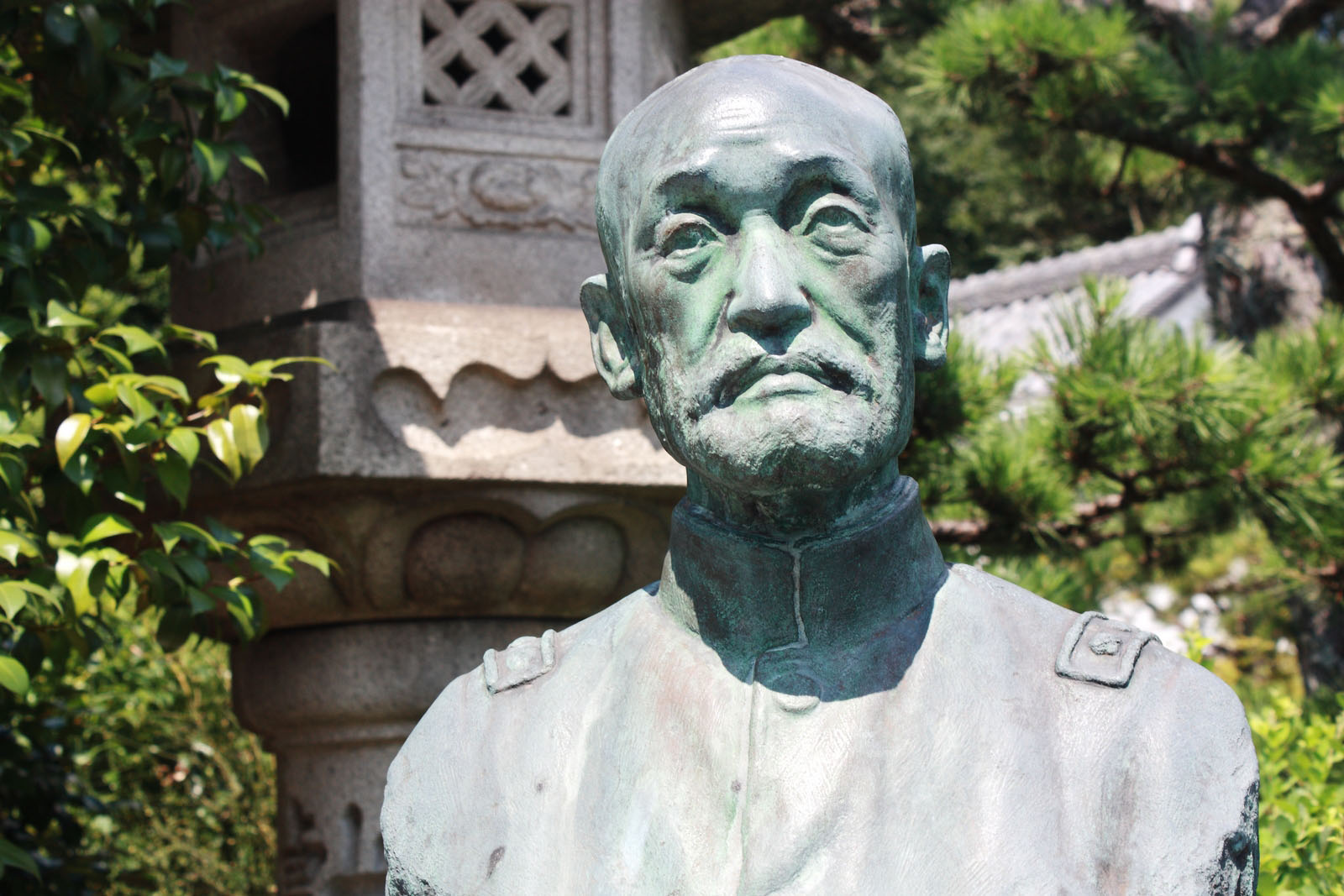On the evening of Sept. 13, 1912, a cart decorated in gold leaf and lacquer and solemnly hauled by a team of oxen left the Imperial Palace in Tokyo along with a phalanx of people carrying banners, torches and weapons and beating drums and gongs. After midnight, a special train left Tokyo Station bound for the old Imperial capital of Kyoto. Crowds gathered at the main stations along the way and bowed in reverence. On board was the coffin of Emperor Meiji, bound for Fushimi Momoyama no Misasagi in Kyoto.
The next day, his body was interred in the Fushimi Momoyama Tomb in the Fushimi area of southeastern Kyoto. It is a place of great natural beauty, and according to Donald Keene, who wrote a book about the Emperor, it may have been his own wish for his last resting place to be there among the quiet green hills.
So it was that one fine day last summer, being curious to experience the charm of Momoyama and wanting to explore the area and learn more about its history, I headed off that way. It was also a chance to visit a part of Kyoto I’d never been to before.



